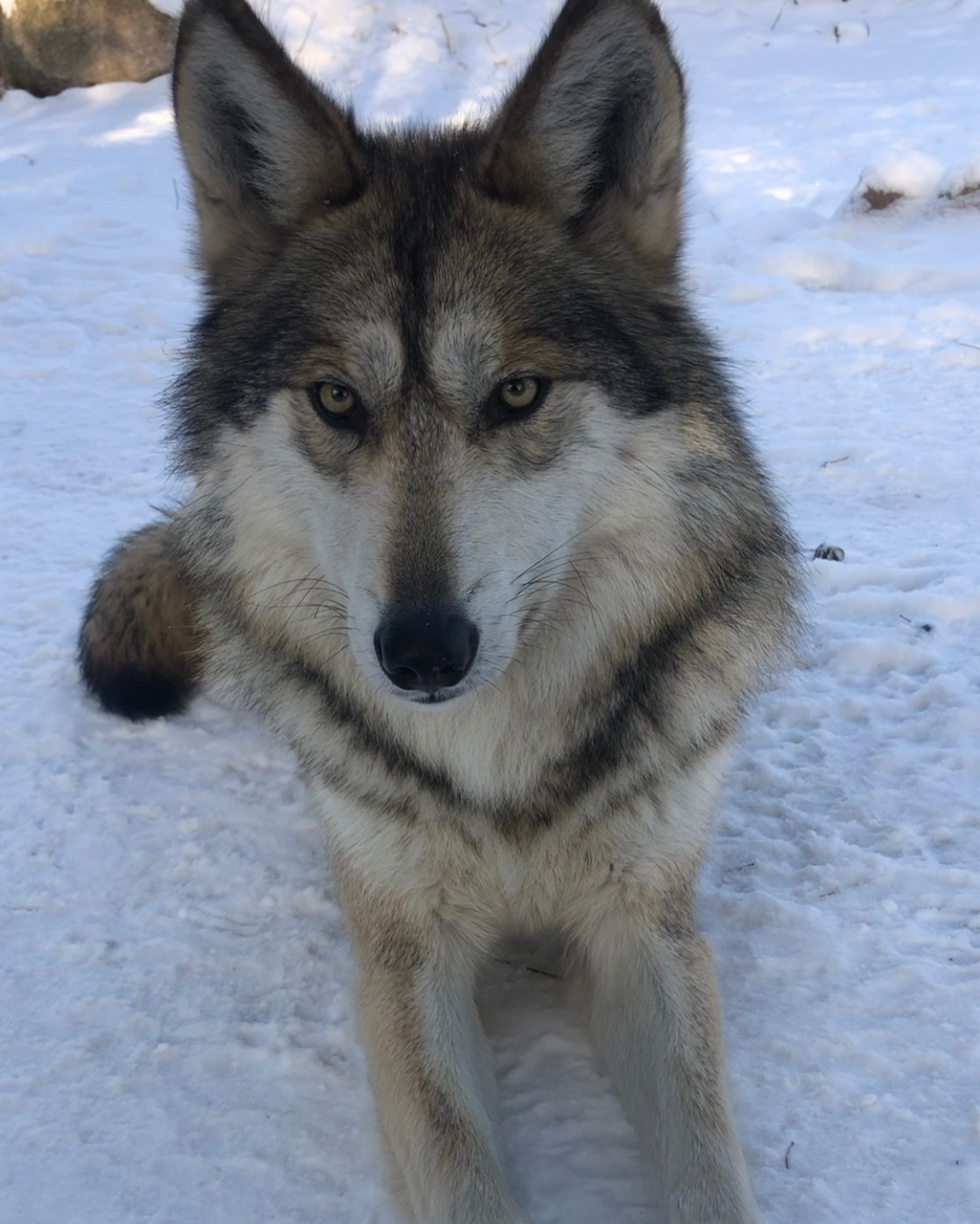– The role of zookeepers and their relationship with the animals they care for
– The significance of an engaging social media presence for wildlife conservation awareness
– Insight on wolf biology, behavior, and the importance of conservation efforts
– Challenges and strategies in modern zoo management for promoting wildlife conservation
– The interplay between public education and wildlife conservation in a zoo setting
Good morning greetings from wildlife caretakers have become a delightful way for the public to start their day. They offer a glimpse into the otherwise private world that unfolds daily within the confines of zoos and wildlife sanctuaries. These greetings, often accompanied by stunning photographs or engaging videos, serve multiple purposes: they foster an emotional connection between the public and wildlife, educate on the animals’ behavior and needs, and subtly underscore the persistent efforts in wildlife conservation.
One of the most compelling examples of this practice is the “Good Morning from the Wolves” initiative, often spearheaded by dedicated individuals such as Lead Keeper Ashley S. These efforts do more than warm the hearts of animal enthusiasts; they bridge the gap between humans and wildlife, emphasizing the intrinsic value of these majestic creatures, and reinforcing the critical message of conservation.
A zookeeper’s role extends beyond routine animal care. It encompasses the delicate balance of fostering trust and forming bonds with the animals under their supervision. Wolves, being intelligent and social creatures, require a dedicated approach from their human caretakers. The relationship between a lead keeper and the wolves is intricate, grounded in mutual respect and understanding, and essential for maintaining the wolves’ physical and psychological well-being.
The meticulously crafted “Good Morning from the Wolves” messages are part of a broader strategy that leverages the engaging power of social media to promote wildlife conservation. These posts serve as educational tools by offering a behind-the-scenes look at zoo operations and the animals themselves. They allow keepers to share fascinating facts about wolf biology, from their pack dynamics to their communication techniques. As the public becomes more knowledgeable about wolves and their roles in natural ecosystems, empathy and support for wolf conservation efforts will likely grow.
Wolves present a captivating case study in wildlife biology and conservation. These apex predators play a pivotal role in maintaining the health of ecosystems by controlling prey populations and enabling a diversity of species to flourish. However, wolves have historically faced threats from habitat loss and human conflict, leading to their decline in the wild. Modern-day conservation initiatives focus on habitat protection, promoting coexistence between wolves and human communities, and, where appropriate, reintroduction into their native ranges. Zoos and sanctuaries play a significant role by participating in species survival plans and educating the public on the importance of conserving these keystone species.
Today, Zoo management faces the challenge of balancing ensuring animal welfare, public education, and promoting conservation. Zoos are no longer places for observation; they are active research and conservation hubs. Strategic habitat design, enrichment programs, and breeding initiatives are critical in the modern zoo. These efforts aim to closely mimic natural behaviors and environments, a practice vital for the well-being of wolves in captivity and the potential for future reintroduction into the wild.
Public education and wildlife conservation in a zoo setting are complex. Educators and keepers work hand-in-hand to develop programs that convey the significance of preserving wildlife. Engaging with visitors inspires action and stewardship that extend far beyond the zoo’s gates. The emotional and educational investment from a simple “Good morning from the Wolves” may foster long-term engagement with conservation issues as the public becomes regular viewers of these snippets of zoo life and supporters of wildlife initiatives.
The roles of zookeepers, conservationists, and educators are intertwined in the ongoing efforts to maintain biodiversity and protect our planet’s wildlife. Each “Good Morning from the Wolves” greeting is an enchanting start to the day and an invitation to learn, reflect, and participate in the greater conversation of conservation. Through these shared moments, whether they involve witnessing a pack engage in a morning howl or observing the tender care of zoo professionals, a deeper appreciation for the natural world and our place within it is cultivated. The combined voices of wolves and their human advocates can resonate powerfully, encouraging a continued commitment to the conservation of these vital animals and the countless other species with whom we share our planet.
*****
Source Description
☀️Good morning from the Wolves☀️
📷: Lead Keeper Ashley S.


